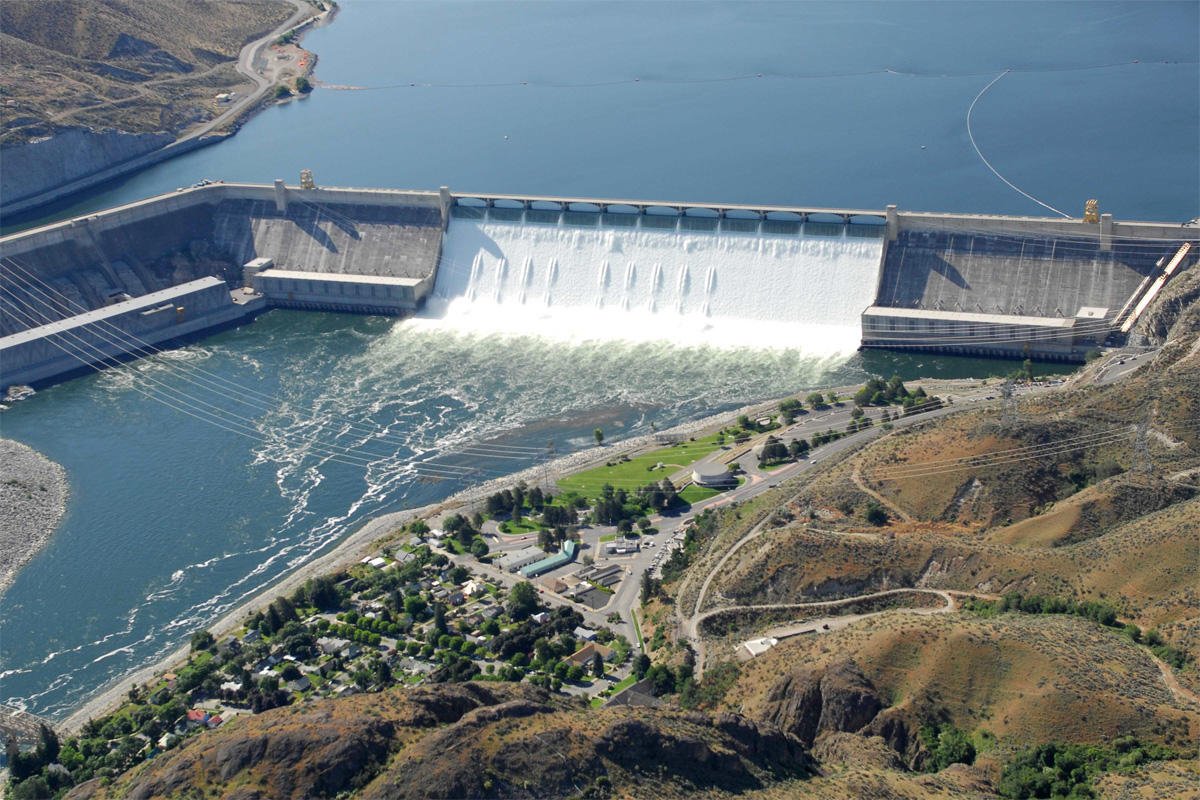There is a growing dam removal movement in the United States, driven in part by environmental, safety and cost considerations. These include electricity-producing hydro-dams, many of which are ageing and will be increasingly vulnerable to climate-stoked storms, after which will require substantial maintenance or removal over the coming decades.
However, hydropower has been and remains an important source of energy for the development of the United States, presently generating about 6% of the nation’s electricity while providing essential grid services.

In the article published today in the journal Nature Sustainability (Waldman et al., 2019) the researchers from the City University of New York examined the issues and effects of dam removal, including:
- All of the 2603 hydro-dams in U.S. could be replaced with solar power in total area the size of Delaware, i.e., which is less than 0.1% of conterminous U.S. State-by-state data and examples also provided.
- The results of fishways have been dismal in passing fish beyond large hydro-dams, with declines in major rivers as high as five orders of magnitude.
- Removal of dams results in rapid and huge increases in runs of migratory fishes, such as salmon, shad, river herring, etc.
- Dam removals create new opportunities for resilient, multi-faceted replacement energy, e.g., solar on drained reservoir bottoms or near site; wind power on surrounding ridge lines, and hydro-kinetic in river (but not blocking flows). Moreover, transmission lines are already in place to be repurposed from the hydropower.
[rand_post]
“Although this is partly a thought experiment, I really believe that such thinking is the only way out of what is a failed paradigm of hydro-dams with fish passage”, said John Waldman, lead author of the study from CUNY’s Queens College.